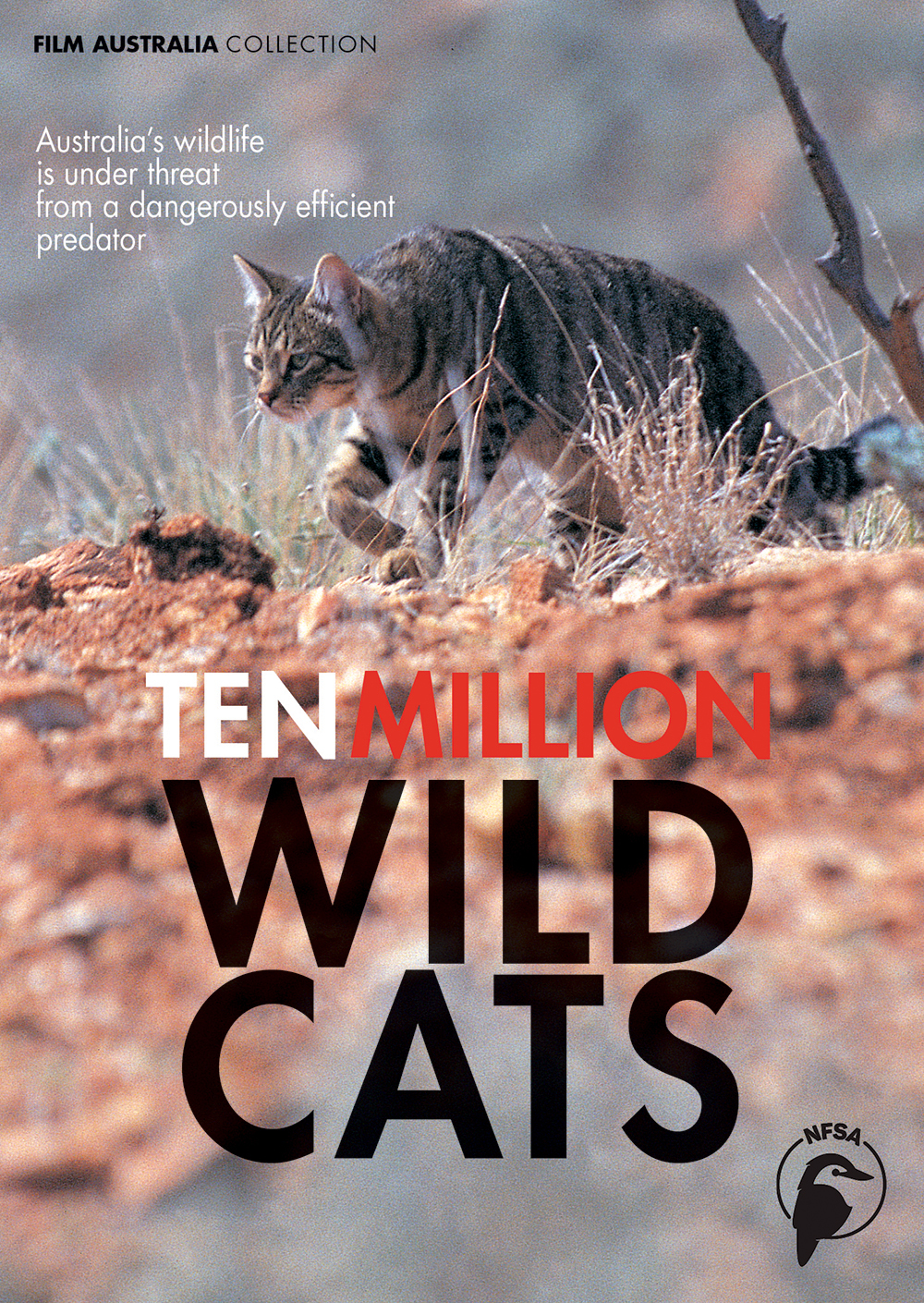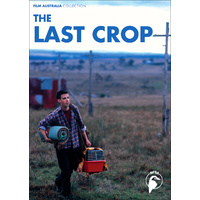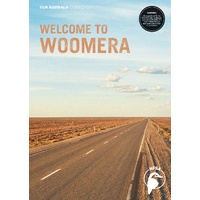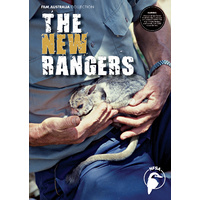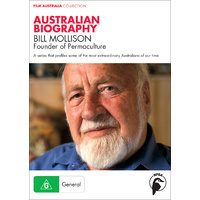2002, 50 Minutes
Australia’s unique wildlife is under threat from a dangerously efficient predator – the domestic cat gone wild.
Australia is the only continent completely overrun by feral cats. Although no one knows the exact number, a conservative estimate puts the total population of feral cats in Australia at approximately 4 million, and each feral cat kills between 5-30 animals per day.
Where did they come from? Why did they spread so quickly? And how much of a role have they really had in the destruction of the country’s fauna?
Ten Million Wildcats shatters some common preconceptions. Feral cats look much the same as domestic cats; their main diet is rats and mice rather than native animals; and when it comes to killing native species by damage wrought to their habitat, sheep have had a greater impact than cats. However, in an environment already damaged by agriculture, cats can push populations already at risk to extinction.
This program follows the race to save a small kangaroo-like marsupial - the Mala (Lagorchestes hirsutus), sometimes known as the Rufous Hare-wallaby - and considers what we can do to stop further damage to Australia’s unique wildlife. It also examines the remarkable survival skills that have enabled cats to thrive in some of the harshest regions in the world.
A Film Australia National Interest Program in association with Wild Visuals for Discovery Channel. © 2011 National Film and Sound Archive of Australia, Wild Visuals.
(199801800)
Director: Gary Steer, Alice Ford
Year: 2002
Running Time: 50 Minutes
Classification: Exempt from classification
Curriculum Links: Biodiversity; Conservation & Land Management; Environmental Studies; General Science; Biology; SOSE/HSIE; Integrated Studies; English. Of particular relevance to NSW Geography Stage 5A3 'Issues in Australian Environments'.
SEE ALSO
| SKU | 199801800 |
| Brand | Film Australia |

